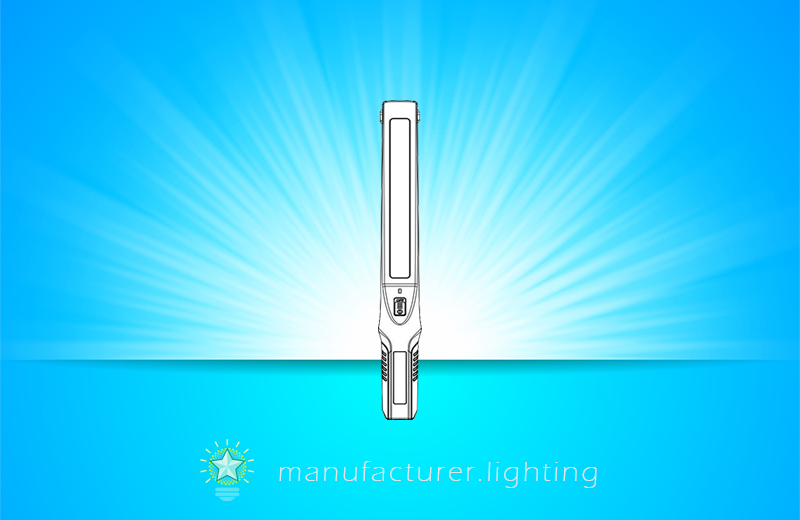
Task lights allow operators to adjust lighting to meet their personal needs, which may vary depending on the nature of their work or their age. Providing the light more effectively where it is needed is a good way to cut down energy consumption as well as improve lighting quality. Task lighting offers the user individual control of illumination level based on the task at hand. The usage of task lighting as a primary source of illumination in the space will prevent the over-lighting of non-task areas, and by placing the task lighting closer to the task surfaces, the task surfaces themselves may be illuminated more efficiently by using the right technology. Task lighting may come from furniture or ceiling-mounted luminaires, and may even be permanently installed or portable. To improve flexibility, task lights can be attached to the furniture. Task lights may come available as an articulated desk lamp or a strip mounted under a cabinet. The quality and performance of task luminaires varies significantly. Under cabinet luminaires are effective to get used under shelving or cabinets. Desk lamps fit nicely on study carrels or other task surfaces. While fluorescent task lighting is often used, LEDs are proving itself to be the preferred light source technology for this luminaire type. LED task lights offer higher levels of user satisfaction, and the illumination can be more conveniently tailored to specific visual tasks. Constructed from impact-resistant plastics, the ruggedly built LED task light comes with a strong articulating clamp that securely attaches to many different surfaces, a durable bounce-free metal gooseneck which can be adjusted as needed, and energy-efficient LEDs that never require to be replaced for super-bright long-lasting illumination. Moreover, the LEDs deliver floodlight-style illumination for more light and broader coverage than other work lights which create a highly focused beam of light and illuminate just a small area.
